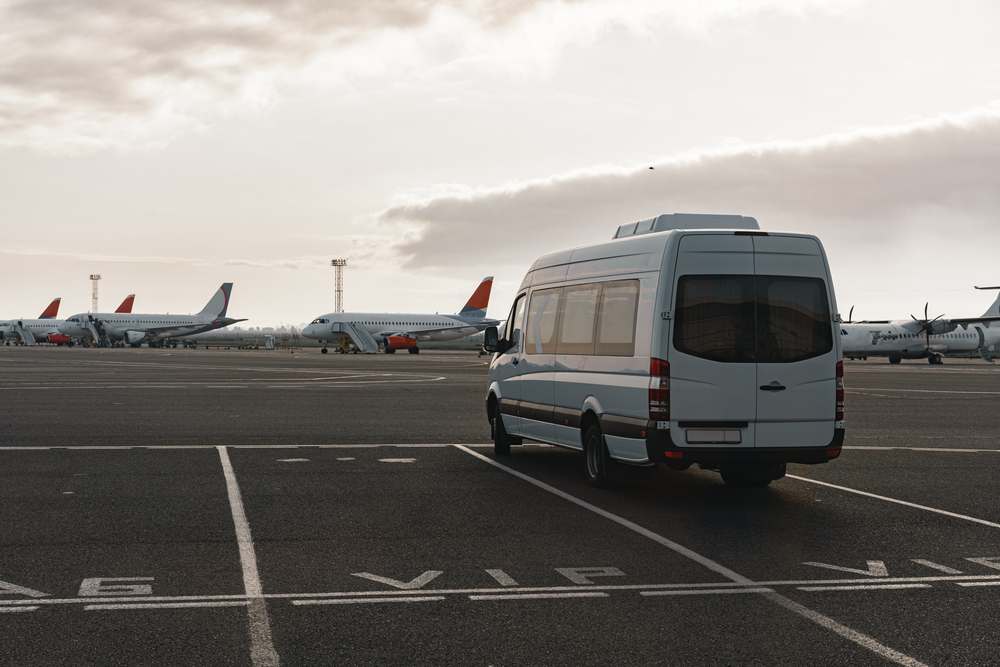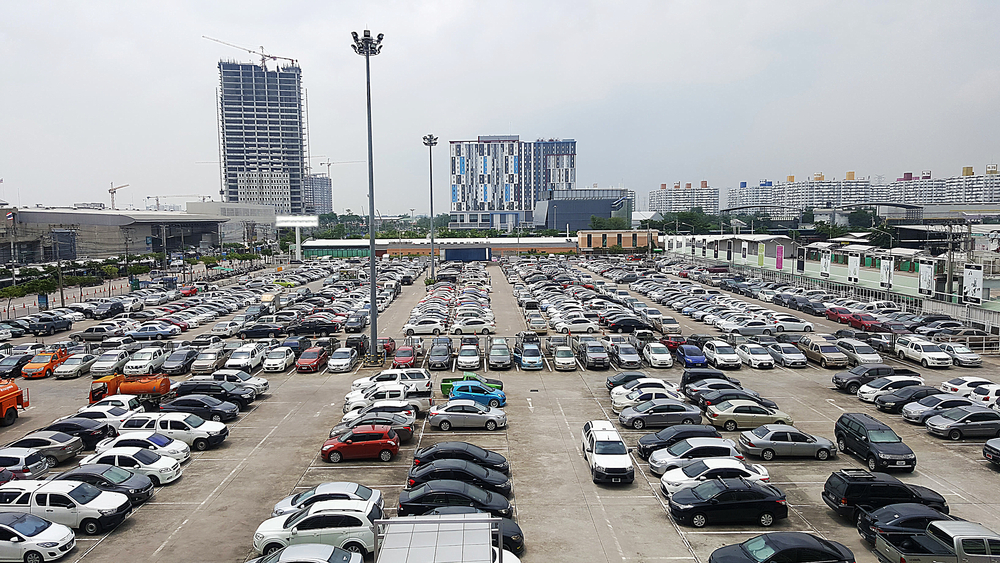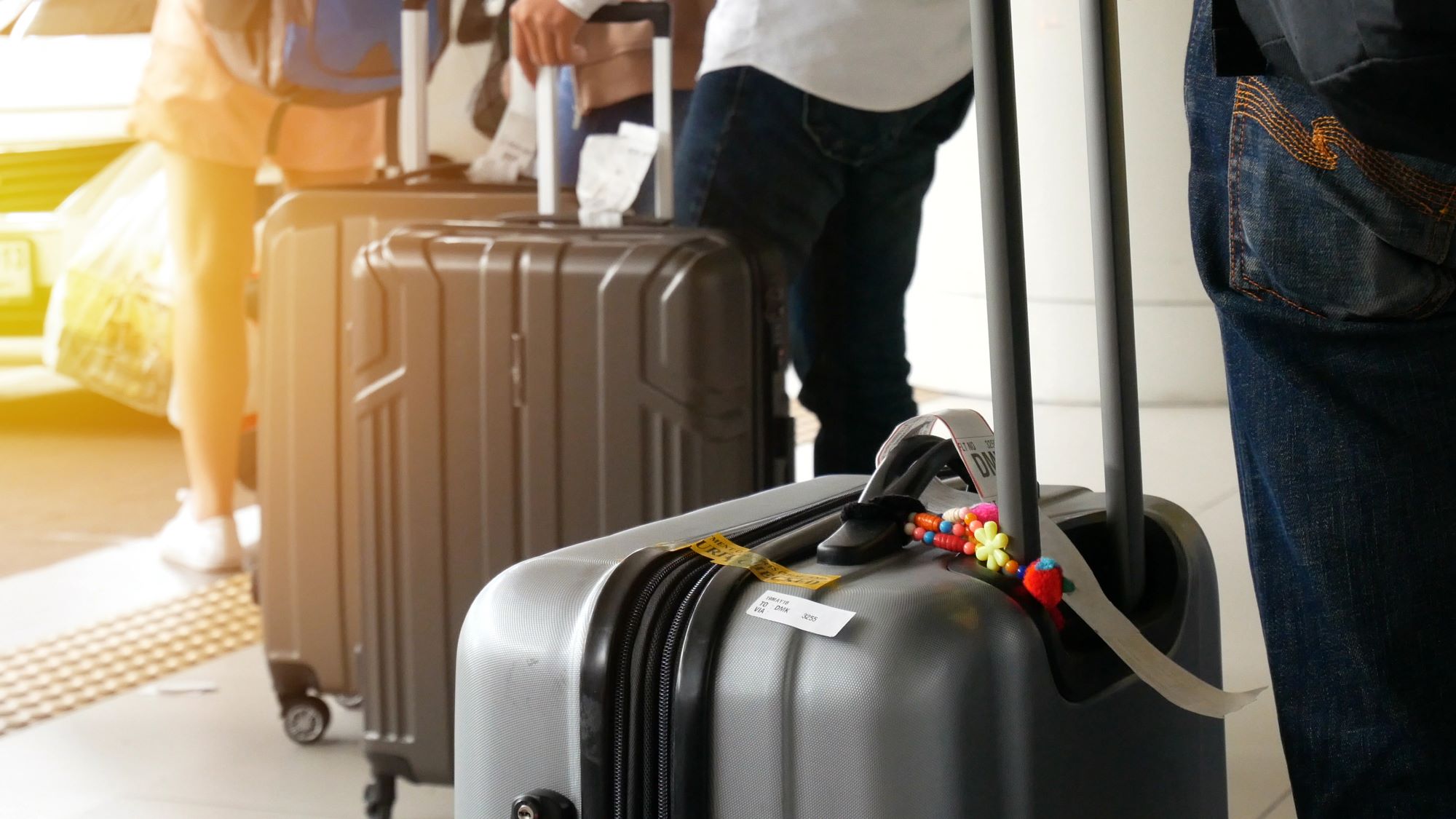
Have you ever rushed off to catch a flight, dragging heavy suitcases and hoping your help arrives in time, or worried that your loved one in a wheelchair might get stuck waiting when time is tight?
At Jet Stream Parking we understand that reality. That moment when luggage piles up or someone needs assistance can turn seamless travel into stress. That is why we focus on smooth shuttle operations and accessibility protocols that prioritize every passenger’s experience.
In this guide, you will learn exactly how Jet Stream handles luggage efficiently, supports wheelchair users with care, and ensures shuttle rides remain comfortable, inclusive, and reliable.
Why Smart Luggage Handling and Accessibility Matter
Airport parking is more than a place to leave your car. It is the first and last impression of care before and after your trip. Shuttle service delays, lost wheels, or missed assistance can jeopardize not only your travel plans but your peace of mind. By streamlining luggage transfers and offering clear wheelchair assistance procedures, Jet Stream creates a more inclusive and remarkable experience, while also offering premier Philadelphia Airport parking options.
Our goal is simple: provide reliable shuttle service that treats every passenger with dignity and respect, from solo travelers with oversized bags to families with infants and wheelchair users needing smooth boarding and transit.
Luggage Tips for Seamless Shuttle Transit
- Pack Wisely: Avoid overpacking bulky items that delay loading. Use roll-aboard bags or soft suitcases that fit easily through shuttle doors or lift gates.
- Use ID Tags or Labels: Clearly label your luggage with name and reservation number tags. When multiple customers arrive together, this speeds loading and prevents mix-ups.
- Protect Fragile Items: Place fragile goods in cushioned or soft bags that are easy to carry. Fragile boxes or loose items may need extra handling and can slow down the boarding process.
- Be Ready When the Shuttle Arrives: Have your bags close by before the shuttle stops. When the driver calls out reserved names, be prepared to approach the luggage area promptly.
- Limit to Two Pieces per Person: We recommend two checked bags and one carry-on per person. This keeps the luggage compartment moving smoothly for all passengers.
- Request a Luggage Tag Upon Check-In: When you arrive at the Jet Stream kiosk, attach your printed luggage tag. This allows drivers to load bags efficiently into the compartment marked with your tag. This system minimizes confusion particularly when lots are busy.
Wheelchair Assistance and Accessibility Procedures
Jet Stream strives to provide accessible parking and shuttle services that ensure individuals using wheelchairs or mobility devices can travel without barriers.
How to Request Assistance
- When booking, select wheelchair assistance needed. This alerts our staff to prepare accordingly.
- On arrival, inform the attendant immediately so a driver trained in accessibility can meet your shuttle promptly.
Shuttle Features for Accessibility
- Shuttle vans are equipped with hydraulic lifts or ramps.
- Drivers receive training on secure chair fastening, safe boarding procedures, and sensitivity towards riders with disabilities.
Assistance Protocols
- Vehicle Preparation: Driver lowers ramp or lift and secures the shuttle.
- Safe Boarding: Wheelchair user approaches slowly while attendant stabilizes the lift.
- Securing the Chair: Seat belts and safety straps are fastened to the wheels comfortably.
- Assisted Entry to Terminal: Drivers or attendants help push the wheelchair if needed from shuttle into terminal.
Ensuring Priority Return Pickup
Wheelchair passengers and those with mobility needs are prioritized during return pickup at PHL. Clearly visible signage indicates designated pickup areas. Our system minimizes wait times even during peak schedules.
Comparison: Luggage Flow vs Accessible Boarding
| Feature | Luggage Process | Wheelchair Accessibility |
|---|---|---|
| Advance Booking Notice | Tag printed and reserved ahead of shuttle | Assistance flagged in booking and prioritized access |
| Loading Priority | Bags loaded in luggage bay sequentially | Wheelchair users board first for secure placement |
| Required Prep | Have bags ready to speed process | Driver preps lift or ramp before shuttle arrival |
| Equipment | Luggage tags, compartment space | Hydraulic ramps, safety straps, aisle space |
| Communication | Name/number announced clearly | Attendant confirms name and arrival door |
| Return Pickup | Shuttles return customers promptly | Dedicated pickup zone near terminal for mobility riders |
Why Good Signage and Staff Communication Matter for Riders with Luggage or Special Needs
If you’ve ever gotten off a shuttle and wondered whether you were even at the right terminal, you’re not alone. Clear signage and strong communication from shuttle staff are often the unsung heroes of a stress-free travel day. Jet Stream Parking understands that when you’re juggling multiple bags or navigating the shuttle system with a mobility device, every clear instruction counts.
Our team members are trained to provide friendly, easy-to-follow guidance for all riders, especially those who may need additional support. That means helping you find your terminal efficiently, assisting with loading or unloading, and ensuring you’re dropped off at the exact right location. Whether you’re a first-time flyer or a seasoned traveler with unique mobility requirements, you should never have to guess where you’re going or how to get there.
Jet Stream Parking also ensures that its signage throughout the facility and shuttle stops is highly visible and intuitive. For those with visual impairments or cognitive differences, easily identifiable signs can reduce confusion and eliminate last-minute stress. Pair that with our commitment to open communication, and you have a system designed for real people, not just a checklist of protocols.
This level of intentionality is what sets Jet Stream apart. It’s not just about getting from point A to point B. It’s about making that trip feel calm, clear, and comfortable, even with three rolling suitcases and a pair of crutches in hand. The little things add up, and at Jet Stream, those little things are a big deal.
Combining Luggage Efficiency & Accessibility: Behind the Scenes at Jet Stream
Jet Stream’s shuttle staff follows a structured routine to serve every customer efficiently:
- Arrival Walk-Thru: Attendants greet you with a smile, process reservation details, print luggage tag, and note wheelchair or mobility assistance if needed.
- Waiting Zone Organization: Customers with wheelchairs or mobility devices are seated closest to shuttle boarding to minimize transfer distance. Bags are placed in tagged luggage zones.
- Boarding Coordination: Drivers approach in designated sequence. Wheelchair users board first, and attendants assist in securing the chair. Bags are loaded immediately afterward, minimizing shuttle dwell time.
- Departure Confirmation: Once everyone is aboard, drivers confirm destination terminal and confirm any additional requests before departure.
Preparing for Unexpected Weather and How It Affects Your Luggage and Shuttle Access
Ever sprinted through a sudden downpour with a suitcase in one hand and a coffee in the other, desperately trying to locate your shuttle stop? Weather can be unpredictable, and if you’re not prepared, it can turn your otherwise smooth shuttle experience into a soggy scramble. Whether it’s a blazing hot day or an unexpected thunderstorm, how you pack and plan makes a big difference.
Jet Stream Parking encourages all riders to check the weather forecast ahead of time and consider how it could impact your journey from the parking lot to the terminal. For example, packing a compact umbrella in your carry-on or keeping a weather-resistant bag cover handy can prevent your clothes, tech, and important documents from getting drenched while you wait for or board the shuttle.
If you use mobility equipment, slick surfaces can create hazards. Make sure your wheelchair or walker has proper traction, and let a Jet Stream staff member know if you’ll need extra time or help navigating in adverse weather conditions.
Bright lighting across Jet Stream Parking’s property ensures visibility even in overcast conditions, but puddles, fog, or ice can still catch travelers off guard. Consider loading and unloading under covered areas or requesting extra shuttle assistance during extreme weather events. Our team is always ready to support your journey with empathy and efficiency, whatever the forecast may be.
Planning ahead for the weather is not just about comfort. It’s also about protecting your gear, your accessibility needs, and your time. Even a five-minute shower can delay your check-in process or ruin expensive carry-on items. A simple layer of planning can help keep your experience with the best long-term parking at Philadelphia International Airport as smooth as the shuttle ride itself.
How These Practices Improve Your Travel Experience
- Reduced wait times, even during busy flight schedules.
- Maximized safety, both for customers and their belongings.
- Clear communication reduces confusion. You hear your name clearly and know where to go.
- Inclusive service factors such as ramps, training, and reserved seating ensure dignity for all.
Tips to Maximize Your Jet Stream Shuttle Experience
- Reserve early and indicate assistance needs
- Arrive 10 minutes before your shuttle slot for seamless loading and boarding
- Label bags with name and reservation info to speed up sorting
- Keep mobility device appointments clear so drivers can prepare
- Stay hydrated and have essentials in hand luggage for easy access during travel
A Final Thought on Care and Reliability
Jet Stream Parking offers more than just a parking spot. We provide an end-to-end solution that treats your car, your journey, and your accessibility needs with equal care. Handling luggage better and assisting passengers more attentively means you travel with confidence. Whether you travel solo or rely on mobility assistance, every detail is considered with professionalism and empathy.
Traveling should feel exciting, not exhausting. At Jet Stream Parking, our shuttle systems are built to remove stress, manage baggage, and respect mobility needs. Get in touch with us before you book, and see why it’s easy to trust us to start and end your journey on a note of ease, readiness, and reliability.











